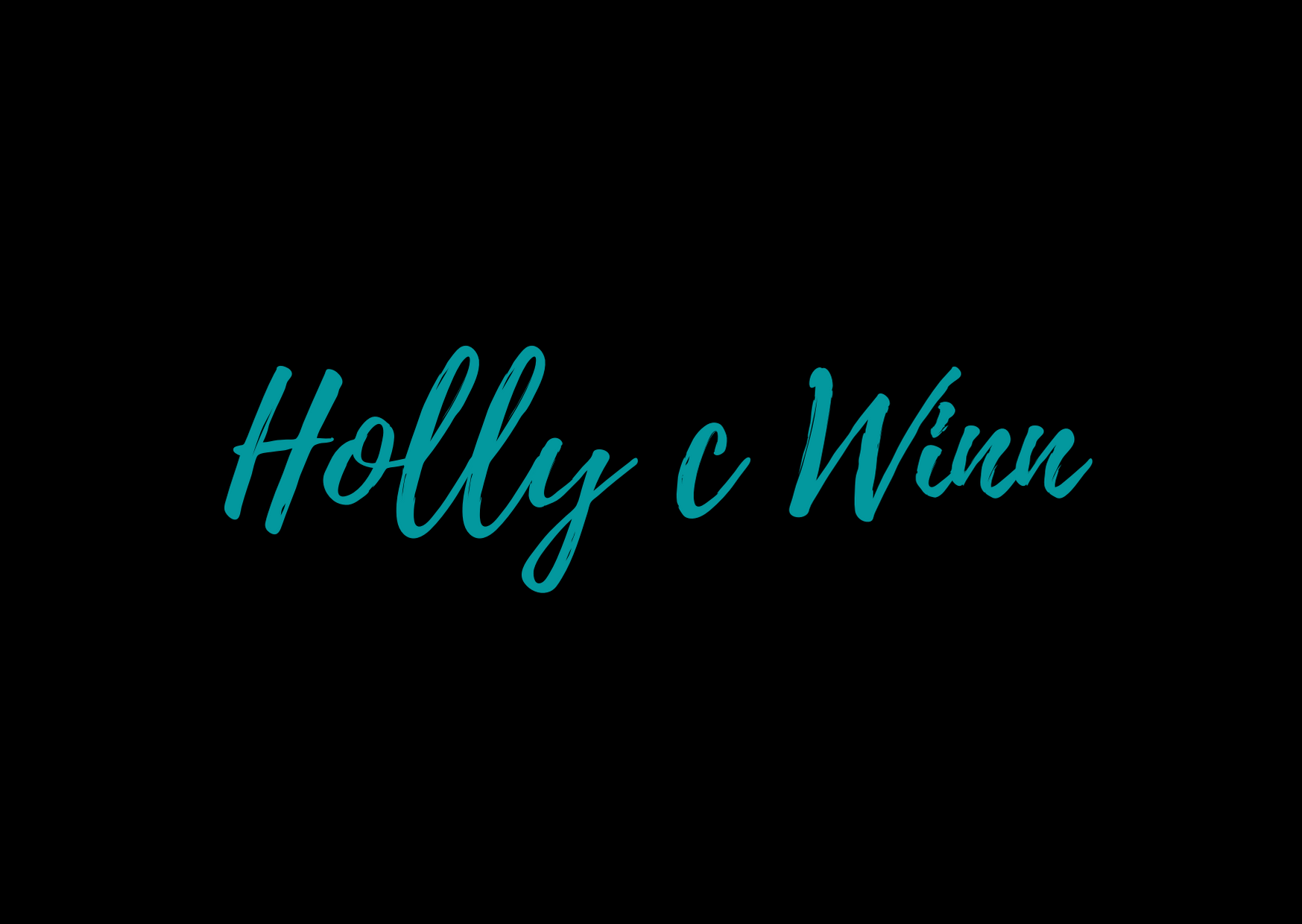Performance Information:
Name of Play and Playwright: Hamilton, a musical based on the book “Alexander Hamilton” by Ron Chernow and converted to a play by Lin Manuel Miranda
Producing Organization: Produced by Thomas Kail, Lin Manuel Miranda, and Jeffrey Seller.
Venue: Filmed at The Richard Rodgers Theatre on Broadway.
Date of Performance Viewed: June of 2016.
Director’s Name: Thomas Kail
Viewing Platform – Disney + at https://www.disneyplus.com/. Unfortunately, due to lockdown, could not see live.
The Review:
I admit, I was skeptical at first — thinking that Hamilton was overhyped. There are certain topics that tend to get rave reviews: cover anything social, political or religious and it’s like a streamlined path to an award. We like when people bring controversial issues to the forefront in new and creative ways.
Lin Manuel Miranda was not just the lead actor but also producer, playwright, and composer — that’s quite a few jobs to take on, which can either hinder the output by having limited perspective on the piece or help because he can envision the cohesiveness of the show coming together.
Casting against type is used by adventurous directors to illuminate a new value, and I can say this was done in Hamilton. In what might typically be an all white cast due to the historical figures being represented, I see people of many different colors, ethnicities and races. This made it more relevant to today’s audience as well as highlighted the search for “freedom” and “independence” that all people — no matter the color of their skin — have shared at one point or another, one way or another.
Similar in the goal of making the musical more relevant for younger audiences and bringing a new spin to a historical story, Miranda introduces rap / hip-hop, R&B, and other genres into the mix. Although the spoken word would not have been the dialect or exact dialogue of the time, but more interpreted for modern audiences to grasp, it would have required very skilled speakers or rappers who were trained in breathing, articulation, and pronunciation due to the speed at which they would have to deliver their lyrics or phrasing while still making it intelligible for the audience. This especially becomes noticeable in scenes — that most musicals have — where many people may be singing different phrasing at the same time.
In many ways, with references to Hamilton being an immigrant who escaped unfortunate circumstances to come to New York, Hamilton is seen as an “everyday” man. By showing his “flaws” such as in is infidelity, he is made more relatable and human to viewers.
The period costumes would have taken some training to move in, and I felt that Miranda did very well with making it seem as if it were natural for him to be in this attire. Also, even though many of the ensemble had more limited attire, which was a smart move because it allowed them to be able to dance and move more freely, they still had unity being all in white and were not entirely removed from the attire of the main characters.
I felt that in the role of Hamilton, although the main character, Miranda was very good at ensemble playing, meaning coherently working together where no one is more important than another for the good of the piece as a whole. He let others take the spotlight when it was a good moment for them to do so, not taking away from what they brought to the story.
I had a very good sense of the personalities and inner struggles of many of the key characters. I was also able to feel empathetic toward Aaron Burr, who might have otherwise been seen as a villain — because through very good playwriting, directing and acting, one got a view into each characters’ psyche and what motivates them to take particular actions. This often was conveyed via music.
I would imagine that in this role, Miranda pulls a lot from experience with a political family member, being an activist himself, and a lot of research since he previously wrote a book before the musical. This allows a lot of source materials as well as more personal encounters for the actor to draw from where maybe becoming the character in more method acting would not have been as difficult.
What was difficult perhaps more so is re-envisioning the character and how to express him in a way that blended historical and modern ideas, but still got the message across as to who this character was, his struggles, and motivations. That would have taken a great amount of imagination in interpretation of the role. But also when taking any dramatic license, he would defend it to Ron Chernow, a historical consultant (Delman, 2015), so that the play would have credibility and believability.
Overall, I found that the more that I watched the musical, the more that I enjoyed it. The timing of repeated elements was perfection, and the casting was very well done.



